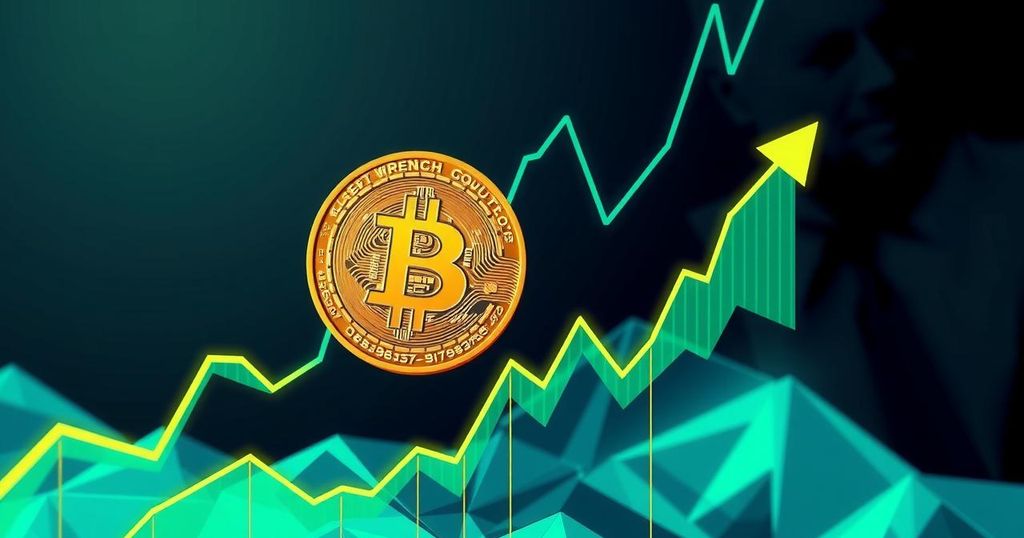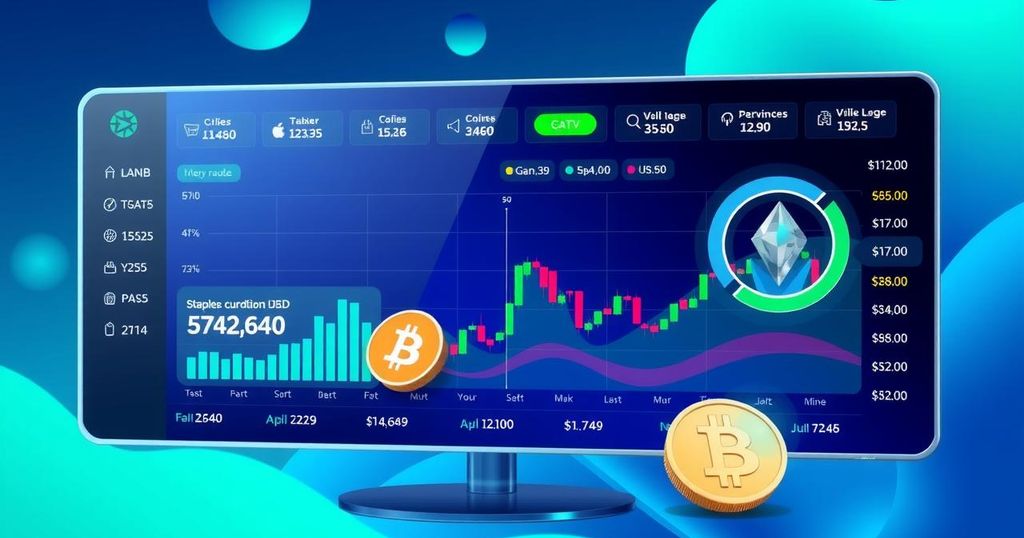Circle Crypto IPO: Six Key Things to Know This Week
- Circle Internet is launching its IPO on the NYSE this week.
- Circle’s USDC stablecoin manages over $60 billion in assets.
- The headquarters move to Manhattan signals strategic alignment.
- Circle provides liquidity in places where banking is shaky.
- Interest rates significantly impact Circle’s revenue model.
- Competition from Tether and others looms over Circle’s market.
Circle’s significant IPO enters public trading this week.
This week signifies a crucial moment for Boston’s burgeoning cryptocurrency hub, as Circle Internet is set to embark on a journey of trading on the New York Stock Exchange. Founded back in 2013 at the hands of General Catalyst in Harvard Square, this company has birthed USDC, a prominent “digital dollar” that has caught the attention of users across various markets. As of last month, users have funneled well over $60 billion into Circle’s USDC, cementing its position in the crypto landscape, and demand for Circle’s stock appears to be heating up as the company expands its offering to public market investors.
Understanding the stablecoin model and its advantages.
Circle is distinct for its management of USDC — a stablecoin aiming to maintain a direct one-to-one relationship with U.S. dollars. Unlike its more volatile counterparts like Bitcoin or Ethereum, the design of stablecoins like USDC relies on backing by reliable assets such as U.S. Treasury securities or cash. Drew Volpe, from First Star Ventures, simply sums up Circle’s business: They’ve got about $60 billion in dollars, investing them in short-term Treasuries and banking interest while ensuring that customers can easily convert their USDC back to U.S. dollars. This liquidity offers users the ability to access dollars in regions where banking is less than reliable and also enables fast, cost-effective digital transactions that traditional systems struggle to provide.
The headquarters move reflects strategic intentions in cryptocurrency.
Last year, Circle announced plans to relocate its headquarters from Boston’s Financial District to the heart of Manhattan, a move designed to forge closer ties with New York’s vibrant tech and financial ecosystems. The firm has taken a substantial lease on the 87th floor of One World Trade Center, a location Allaire described as an honor to be part of such a dynamic community of innovators. However, despite the change of scenery, Circle maintains a primarily remote culture, with its New York office serving as a meeting hub rather than a daily requirement for its nearly 1,000 employees. Observers have noted that aligning with New York might just be a strategic play amidst the evolving landscape of cryptocurrency regulation, with industry proponents like Circle feeling the sharp contrast to Boston’s skeptical stance, reinforced by U.S. Senator Elizabeth Warren’s critical views on digital currencies.
Interest rate dependence reveals risks for Circle.
Circle’s business model hinges on interest rates, which introduces a layer of uncertainty related to its financial performance due to the prevailing macroeconomic climate. When interest rates rise, so does Circle’s revenue, but fluctuations can directly impact investors’ confidence, especially in light of recent events like the banking crisis tied to Silicon Valley Bank that briefly shook USDC’s market value. Despite USDC being backed by tangible assets, it doesn’t enjoy the same insurance as bank deposits do; a recent episode saw USDC plunge below its dollar peg, highlighting vulnerabilities in its valuation.
Competition and market risks for Circle’s stock.
Tether, another prominent stablecoin, stands as a formidable competitor, with a market cap that dwarfs Circle’s USDC. Market analysts point to Tether’s first-mover advantage and its backing by Bitcoin — a volatile asset subject to price fluctuations. Circle’s charting of its future isn’t devoid of challenges, as its reliance on distribution partners like Coinbase raises concerns about its profit margins and market control. Future competition also looms large, with PayPal already dipping its toes into the stablecoin waters and traditional payment giants contemplating similar moves.
Circle’s commitment to regulation shapes its identity.
However, Circle’s appeal lies in its image as a regulated and responsible player in the crypto arena. Experts liken it to a more conservative counterpart compared to offshore entities known for their riskier habits. Circle founder Jeremy Allaire has consistently aimed at forging connections with regulators, advocating for clear federal guidelines to strengthen the standing of U.S. currency on the digital frontier. The push for stablecoin regulation bears significant implications for the future of transactions, emphasizing transparency over underworld dealings often linked with cryptocurrencies, underscoring how USDC can be more traceable than cash — a fact that could reshape public perceptions moving forward.
Circle’s IPO marks an important milestone, showcasing its significant role in the crypto landscape with its stablecoin USDC targeting specific market needs. The company’s shift to New York underscores ambitions for alignment with regulatory frameworks, navigating risks inherent to interest rates and market competition. With an ongoing commitment to transparency, Circle aspires to redefine how digital currencies interact with both traditional finance and regulatory environments, which might make it an investment to watch closely.




Post Comment